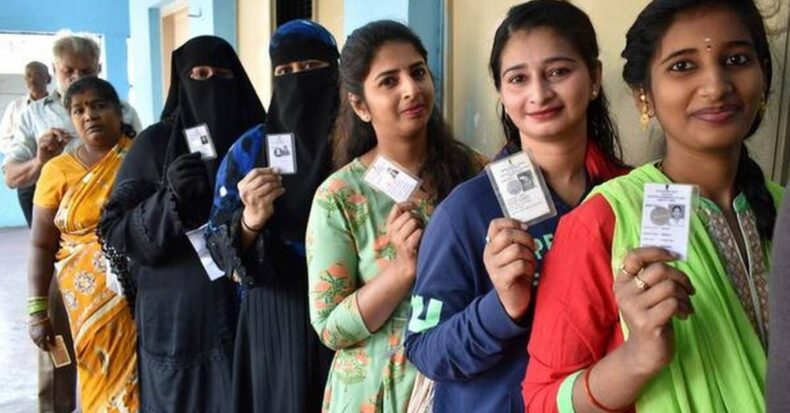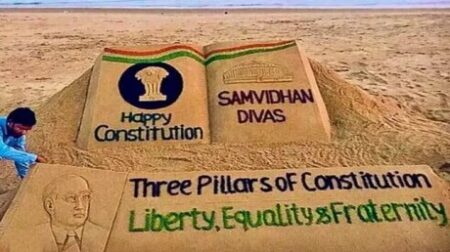In early elections, many women either did not go to vote or were cast by the choice of male family members. Those who went to cast their vote were highly likely to consult male family members for their favorites.
The Congress Party pledged to field women in 40% of the seats in the upcoming Assembly elections in Uttar Pradesh last week. At the outset, it could be observed to boost the dismal representation of women in Indian politics.
But the focus on female voters is unmistakable: the announcement came alongside other women-centered welfare promises such as free electric scooters and mobile phones. As women influence the political agenda, are more parties now seeing them as a game-changer vote bank?
Ballots and social welfare pledges are tools available to political parties to attract women, voters. This new love for women in Indian politics is good news; however, the push has come from female voters themselves. In newly democratic India, male voters were around 12% more likely to vote than women.
Even in the 1980s and 1990s, the gap was still approximately 9-10%. But in the 2014 elections in Lok Sabha, the participation rate of men exceeded that of women only marginally. In 2019, the gap was almost closed.
Most Indian States Made Prominent Pace in Women’s Voting Between Last Two Lok Sabha Elections
It was not just a trend at the national level: women outnumbered men in electoral participation in most states. In 2014, this was true for 12 of the 29 states, but the trend reversed in 2019, with female voter turnout higher than males in 16 states.
While exceptions such as Gujarat still witness the traditional voting model, relatively more minor States have seen significant progress: the gap favoring female participation was largest in Uttarakhand.
The number of female voters in Himachal Pradesh, Bihar, Arunachal Pradesh, Meghalaya, Manipur, and Goa also outnumbered men during the last assembly elections held in these states. Here too, women voters in Gujarat were the least enthusiastic about voting relative to male voters.
The state registered a 4.4% margin of turnout in favor of men during the 2017 assembly elections.
The increasing participation of women in elections cannot be the only reason why India’s political class is trying to mobilize women voters.
Parties are making massive efforts while in power, from formulating policies to promising women election tickets – as women are increasingly becoming independent voters, many of them casting their votes.
In early elections, many women either did not go to vote or were cast by the choice of male family members. Those who went to cast their vote were highly likely to consult male family members for their favorites.
The situation has changed a lot in the last few decades. Evidence from surveys conducted by the Center for the Study of Developing Societies (CSDS) shows that during the 2009 Lok Sabha elections, 43 percent of women voted without consulting anyone.
The share rose to 81% in 2019. 16% of women said their choices were influenced by others, compared to 47% in 2009.
Still, A Long Way to Go
However, rising turnout does not mean that women have emerged as a separate voting alliance. Their vote is evenly split between the parties.
There is no evidence of women voting as a group as other socio-economic alliances often do. There are exceptions: women prefer the Bharatiya Janata Party in Uttarakhand and the Jammu region of Jammu and Kashmir.
The Congress-led United Democratic Front in Kerala, the All India Anna Dravida Munnetra Kazhagam in Tamil Nadu, and Mamata Banerjee’sBanerjee’s All India Trinamool Congress in West Bengal. But there is hardly any such practice in large part of Hindi-speaking states.
The Congress Party’s promise of giving tickets to women is a start, but winning can be a difficult task. The representation of women in assemblies is still low: it is just 10% in the outgoing Uttar Pradesh assembly. However, with more women now voting freely, it can certainly prove a powerful way to mobilize women voters.













